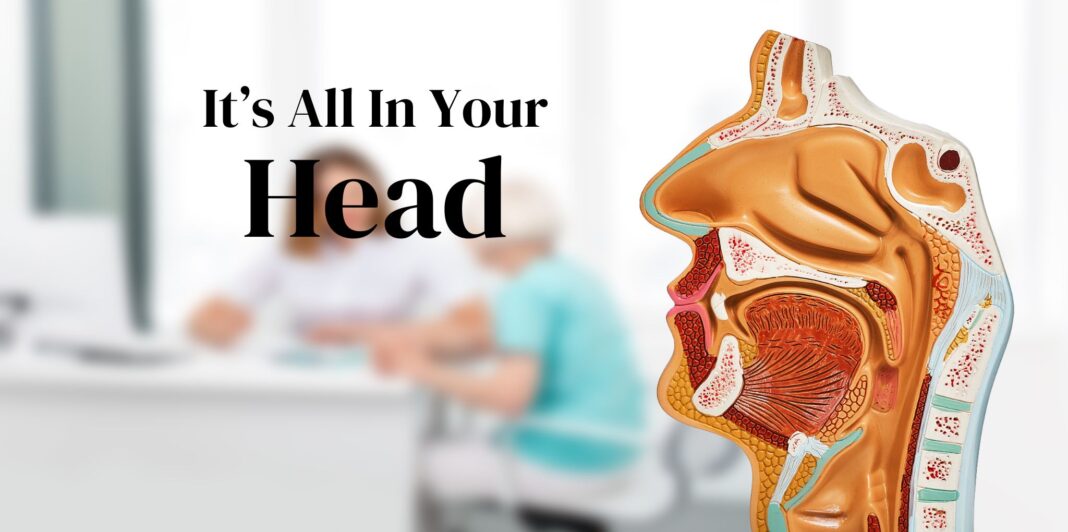NEW HOPE FOR THE NASAL DRIP AND DRAINAGE
As an Ear, Nose, Throat and Allergy specialist, one of the most common complaints I hear from my patients is about excessive nasal drainage. People who have it know what I mean — too much liquid is either running out the front of your nose or down the back into your throat.
It can be a temporary condition related to a cold or sinus infection. In that case the drainage usually goes away once the infection has run its course of has been treated.
But for so many people, the dripping or draining is a daily problem. This type of condition is often associated with nasal allergies. Frequently over the counter allergy medications such as antihistamines (Benadryl, Claritin, etc.) or steroid nasal sprays (Flonase) will dry up the excess nasal moisture and solve the problem. But for many folks these medications are just not effective in solving the problem.
Also sometimes the chronic nasal discharge is not due to allergies, but to a problem of irritated, reactive nasal tissues we call vasomotor rhinitis. Triggers such as temperature, barometric pressure or humidity change, exposure to perfumes or fragrances, even suddenly going into bright sunlight make some people’s noses turn on the water faucet then drip and run, or drain down the throat.
A small amount of moisture is normal, and comes from the tissues lining the nasal passages (not from our sinuses as many of us were told). The side walls of the nose are supposed to be moist with ridges that function to filter and humidify air going down into the throat then the lungs. Warm moist air is much better tolerated by the lungs, and the nose has the job of creating that.
A very interesting fact is that the amount of the nasal liquid produced is under control of the nervous system. Most people know that nerves control body functions like sweating, blushing, flushing in the skin, and saliva production when we eat. The nose is just like that, with the nerve in charge of stimulating secretions coming into the nasal passages from a particular spot in the back on each side wall. The official medical name for this is the sphenopalatine ganglion.
During my training in the early eighties I learned about surgical procedures to cut these nerve fibers in order to dry up the nasal tissues. They were successful, but very difficult to perform. Even as recently as 2010 a paper was published on a newer way to cut the nerves, but it still required a very extensive operation with the patient asleep in an operating room.
Recently a clever and innovative ENT surgeon at Stanford University Medical School, Dr. Peter Hwang, came up with something better. Topical freezing (cryotherapy) has been used successfully in other parts of the body for many years to destroy tissues. Dermatologists apply liquid nitrogen to freeze away skin growths all the time. Dr. Hwang developed a small liquid nitrogen probe that can easily be placed through the nostril to the area of the sphenopalatine ganglion. At the tip of the probe is a small balloon that is inflated with the liquid nitrogen and held in place for 30 seconds then gently removed. Of course the nasal tissues are numbed first with local anesthetic. It is very similar to the sinus balloon procedures that I perform in my office, though actually much easier and less complex.
The results Dr. Hwang has experienced have been very positive. He has data indicating significant reduction in nasal drainage – both from the front and down the back – as well as lessening of chronic nasal congestion.
I honestly believe that this is a great advance. I have done thousands of nasal surgeries, mainly to open a plugged nose or remove infection. I have told my patients that I can open the passages, but it is very hard to surgically fix post-nasal drip. This new cryotherapy procedure combines our long understood knowledge of the anatomy of the nose with a new way to simplify a very difficult procedure. Hopefully it will allow many sufferers from nose woes to quit taking so many pills and sprays.
Currently the procedure is covered by almost all medical insurance plans and Medicare. You can go online and read more about the procedure at www.clarifix.com, And yes, I am performing the procedure locally in my office.
https://tomstarkmd.com/
18059 HWY 105 W Montgomery,TX77356
936-582-7000















